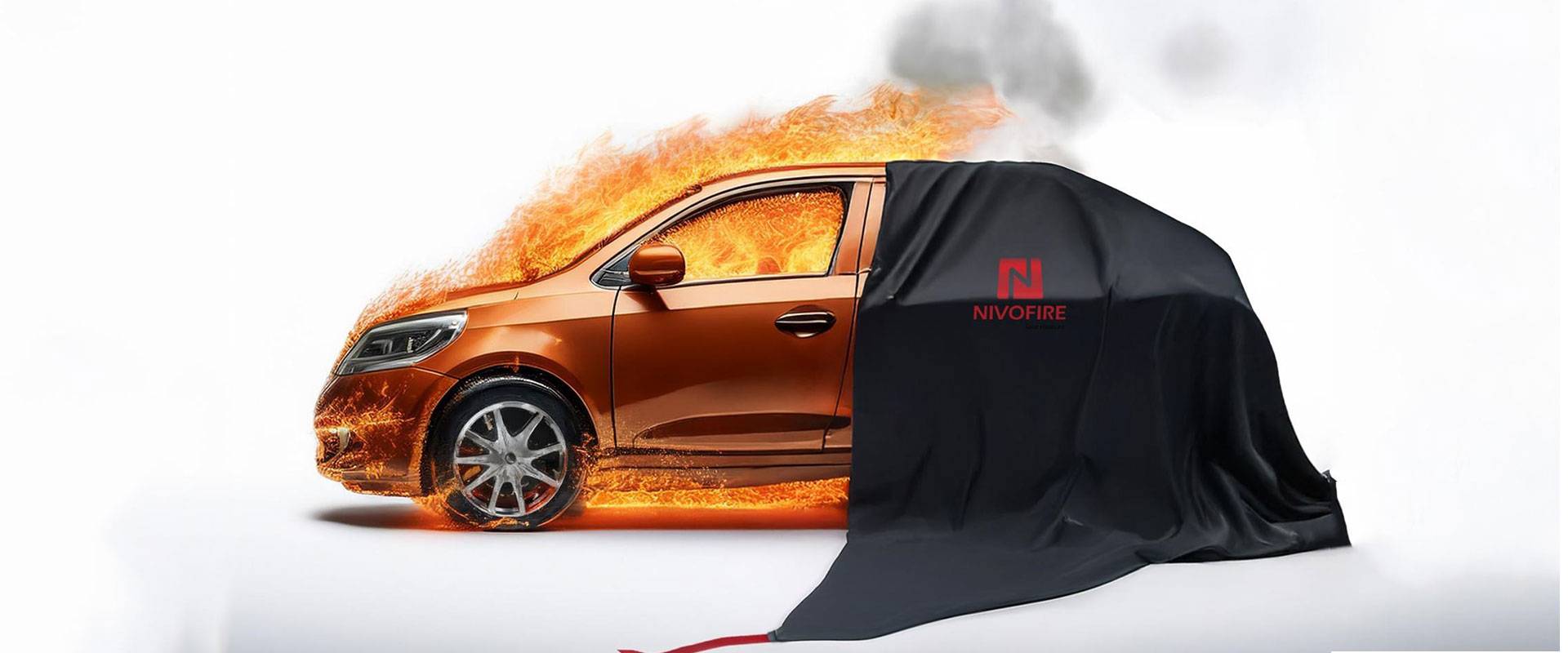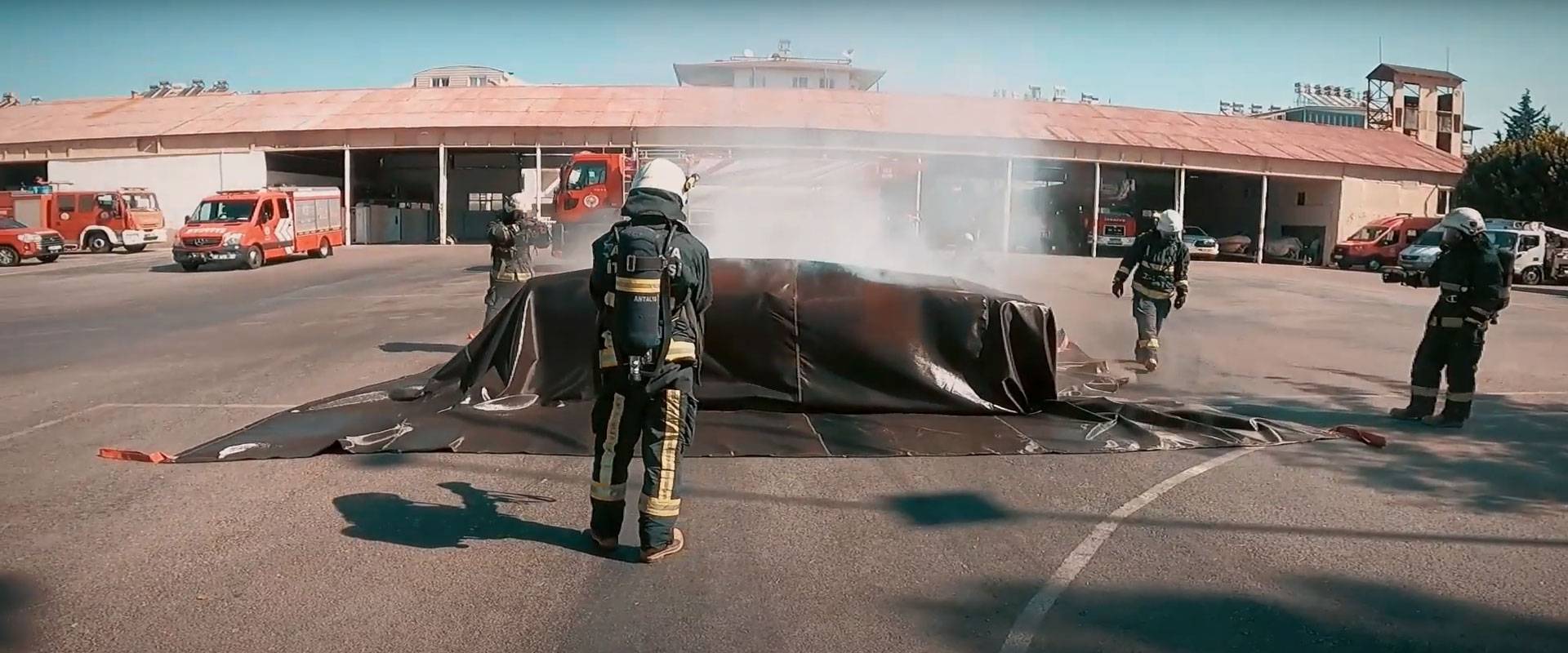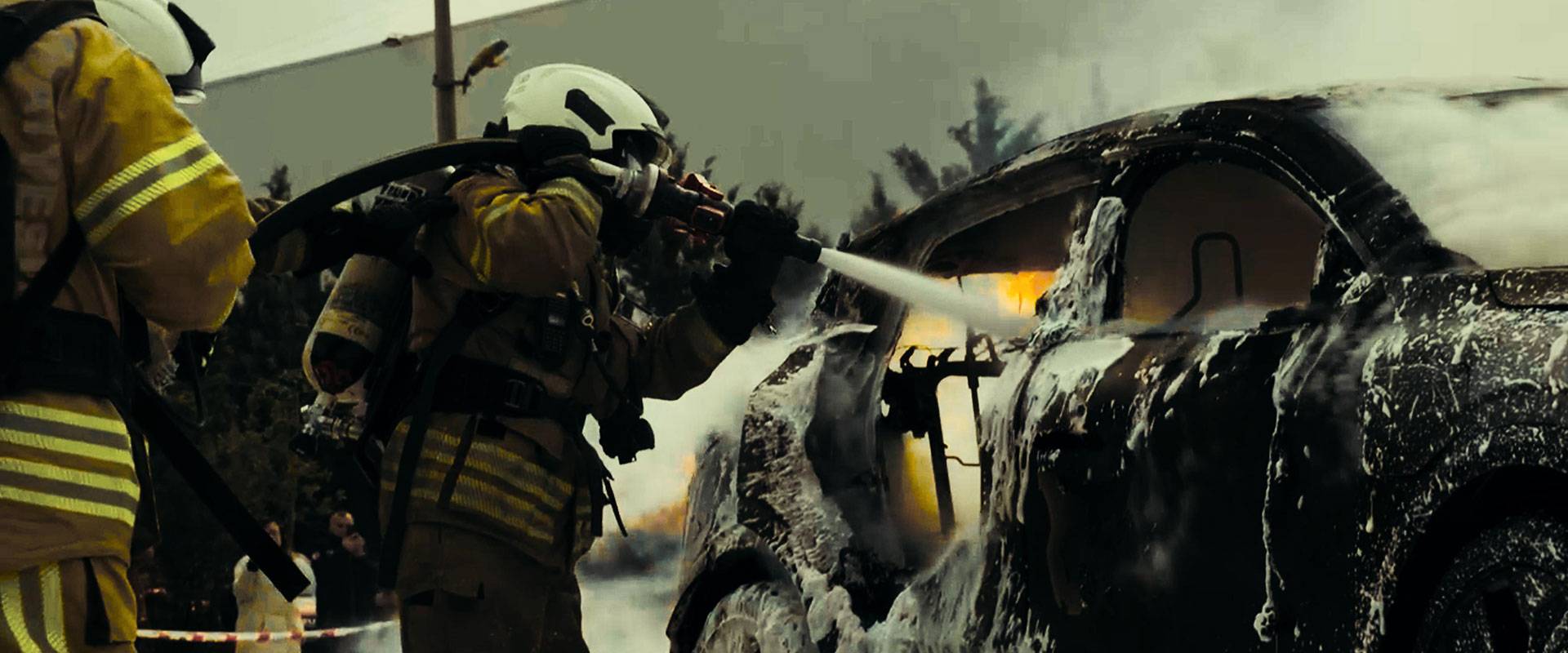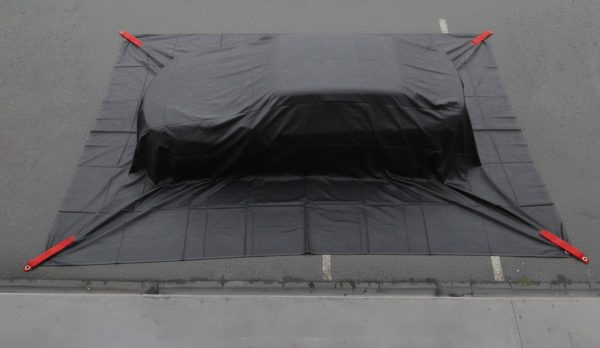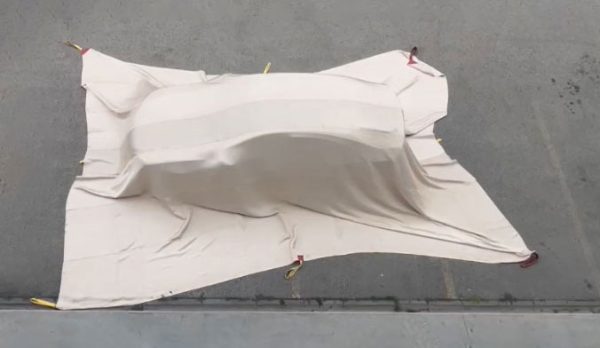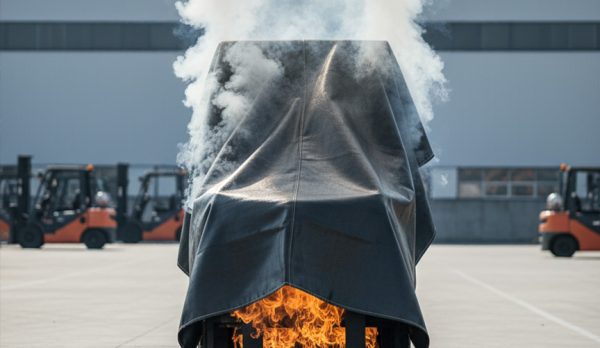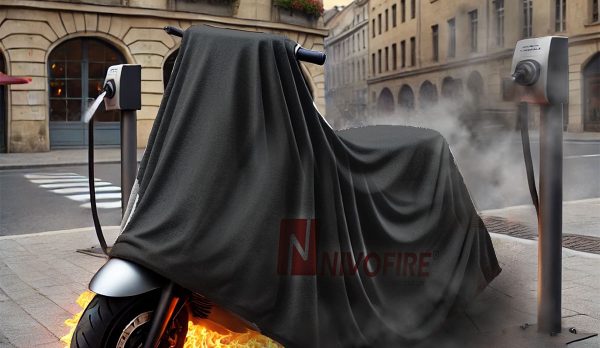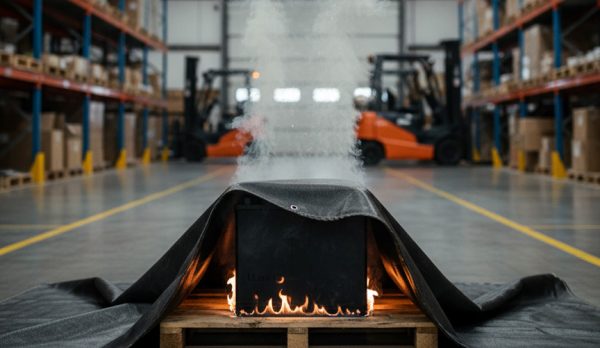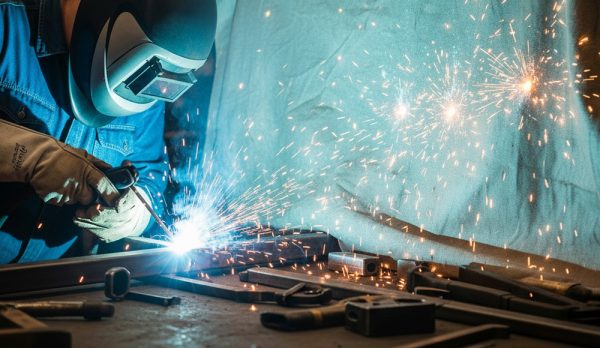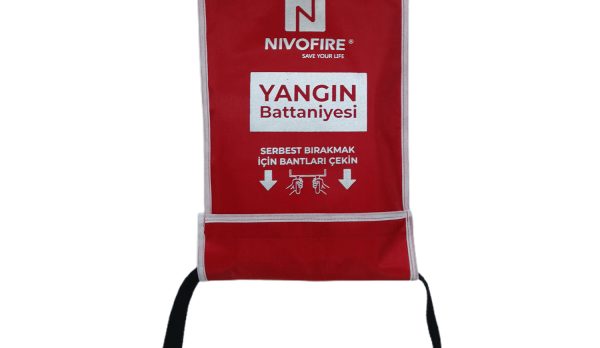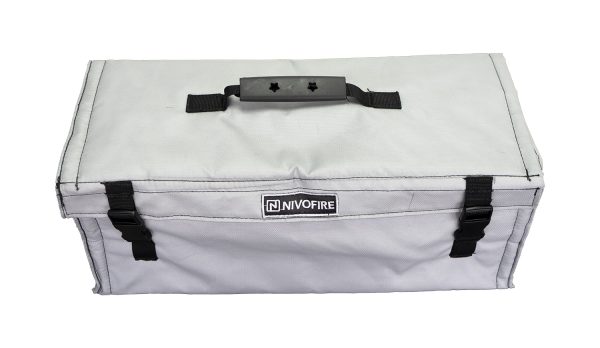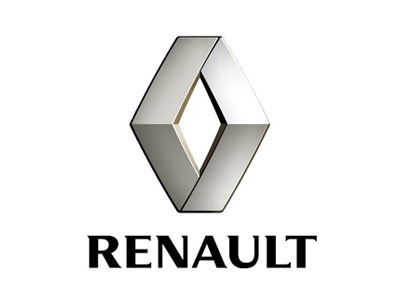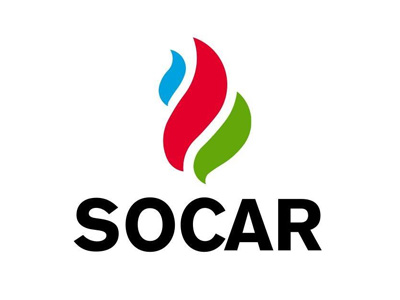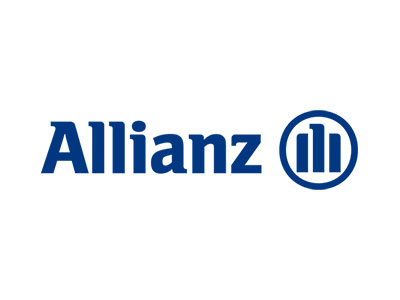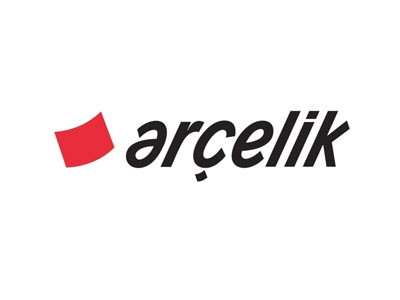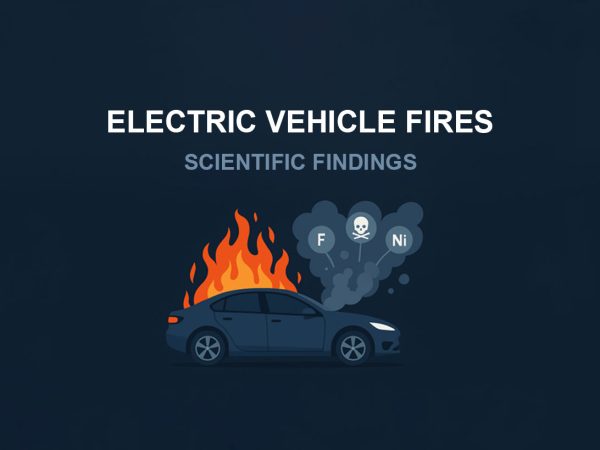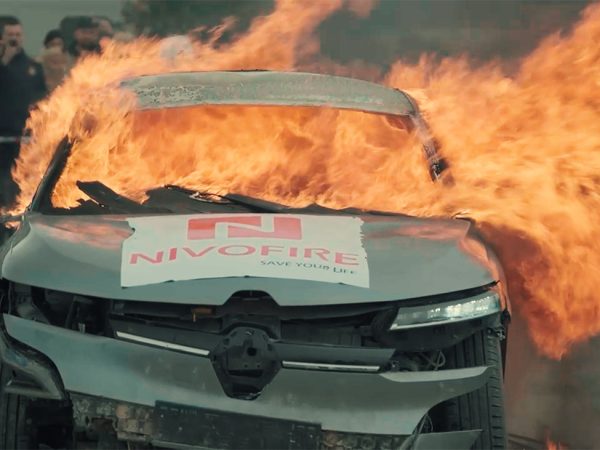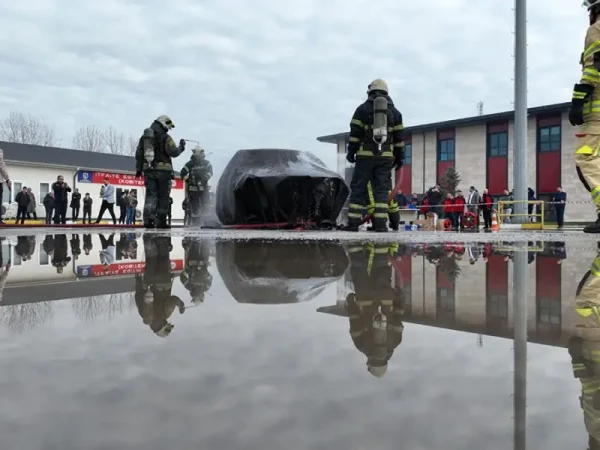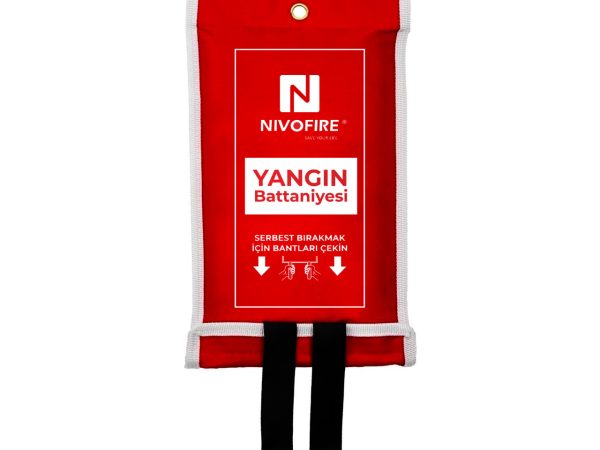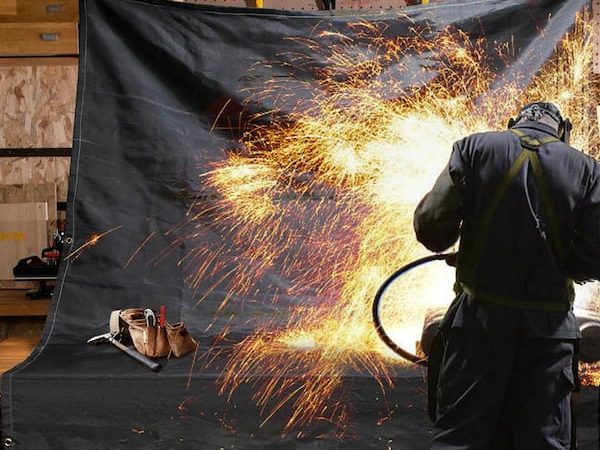Save Your Life
Economical and Fast Action
Eco-Friendly
Sustainability

At NivoFire, we understand the critical challenges of modern fire safety. Rapid response during a fire can significantly reduce the loss of life and property. That’s why our solutions are designed to be cost-effective, fast-acting, reusable, and environmentally responsible.
 NivoFire’s products are engineered for simplicity and efficiency, enabling users to control and extinguish fires within minutes. From professional-grade reusable solutions tailored for firefighters to affordable, single-use options for individual users, we provide safety solutions for every need.
NivoFire’s products are engineered for simplicity and efficiency, enabling users to control and extinguish fires within minutes. From professional-grade reusable solutions tailored for firefighters to affordable, single-use options for individual users, we provide safety solutions for every need. Fires release harmful toxic fumes into the air, while traditional water and foam methods risk contaminating groundwater. NivoFire products mitigate this by capturing toxic gases and smoke, offering a solution that protects both the environment and human health—making it the most eco-friendly way to control fires.
Fires release harmful toxic fumes into the air, while traditional water and foam methods risk contaminating groundwater. NivoFire products mitigate this by capturing toxic gases and smoke, offering a solution that protects both the environment and human health—making it the most eco-friendly way to control fires. Sustainability is at the core of NivoFire’s design philosophy. Unlike traditional foam and dry chemical powders, our products can be reused up to 40 times, reducing waste and costs. When no longer usable, they can be safely disposed of as standard waste.
Sustainability is at the core of NivoFire’s design philosophy. Unlike traditional foam and dry chemical powders, our products can be reused up to 40 times, reducing waste and costs. When no longer usable, they can be safely disposed of as standard waste.
Push the Limits of Fire and Welding Safety: We Manufacture Products That Increase Your Safety.

